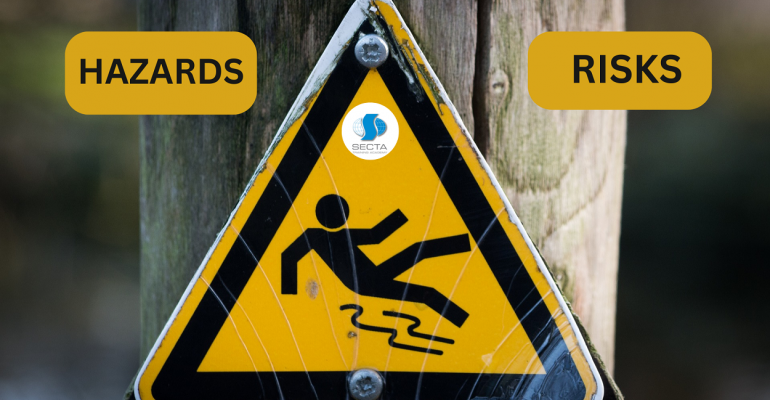HAZARDS, RISKS AND EVACUATION PLANS.
6 May 2023 2023-05-06 0:39HAZARDS, RISKS AND EVACUATION PLANS.
Security officers can identify risks and hazards and evaluate evacuation options by following these steps:
Conduct a Risk Assessment: Security officers can start by conducting a comprehensive risk assessment of the premises or site they are responsible for securing. This process involves identifying all potential hazards and risks and evaluating their likelihood and potential impact on people, property, and the environment.
Review Emergency Plans and Procedures: Security officers should review and familiarize themselves with the emergency plans and procedures in place for the premises or site. This includes understanding evacuation routes, assembly points, emergency contacts, and communication protocols.
Conduct Site Inspections: Regular site inspections can help security officers identify any hazards or risks that may have been overlooked during the initial risk assessment. This can include checking for hazards such as loose flooring, obstructed walkways, or faulty equipment.
Monitor Security Systems: Security officers should regularly monitor all security systems, including cameras, alarms, and access control systems. This can help identify potential security breaches, fires, or other emergencies that may require evacuation.
Stay Up-to-Date with Relevant Regulations: Security officers should stay up-to-date with all relevant regulations, codes, and standards related to emergency management and evacuation. This can include building codes, fire safety regulations, and workplace health and safety regulations.By following these steps, security officers can identify potential hazards and risks, evaluate evacuation options, and take appropriate measures to protect people and property in the event of an emergency.
WHAT IS THE DIFFERENCE BETWEEN A RISK AND A HAZARD?
The difference between risk and hazard is that a hazard is a potential source of harm, while risk is the likelihood that harm will occur. In other words, a hazard is a condition or situation that has the potential to cause harm, while risk is the probability of that harm occurring.
For example, a slippery floor is a hazard because it can cause people to slip and fall. However, the risk of someone actually falling depends on a number of factors, such as how many people are walking on the floor, how fast they are walking, and whether they are wearing appropriate footwear. Therefore, the risk of someone falling may be higher during busy times when there is a lot of foot traffic, or when the floor is wet or greasy.
Risk management involves identifying hazards and assessing their associated risks in order to take appropriate measures to control or mitigate them. By understanding the hazards that exist and the risks associated with them, organizations and individuals can take steps to prevent harm and protect themselves and others from potential negative consequences.
www.secta.com.au



